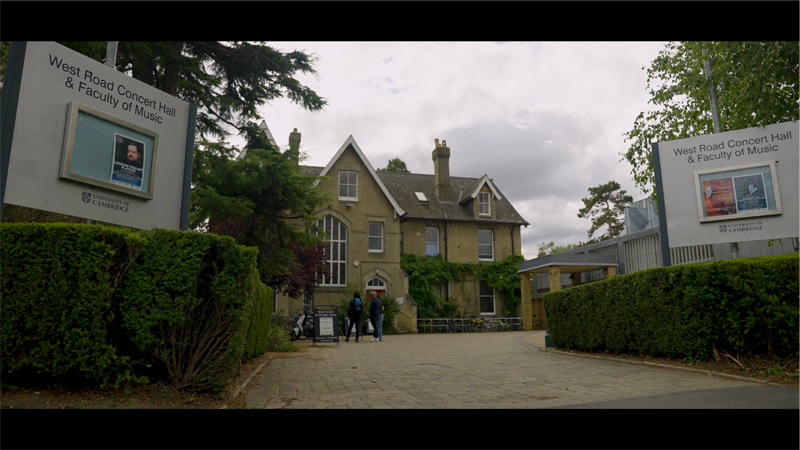There are two ways of finding what you want: by searching the online catalogues and other online resources, or by browsing the shelves, using your knowledge of the Pendlebury Library’s classification system, which is displayed at various points in the library.
Understanding the basic principles of the classification system will make browsing and finding materials in the Pendlebury Library a lot easier. Every item in the library has a specific and unique shelf number. It is this number that is crucial for locating the item on the shelves. There actually are three different classification systems; one for bound volumes (books and scores), one for unbound music and one for other media (CDs, Videos, DVDs, Microfilms etc.).
Bound volumes
For all bound items the shelf number consists of four parts:
- Type of access and size:
- Pa, Pb, Pc: borrowable, open access materials-a: big-b: medium sized-c: small
- Ra, Rb, Rc: not borrowable reference material, open access
- XPa, XPb, XPc, XRa, XRb, XRc: closed access material
- Sa: borrowable, oversized materials
- Ref: reference works
- Classification scheme: a three-digit number refers to the actual content or subject.
- Indication of date: two numbers and one letter indicate either the middle two digits of the year of birth of the composer and the first letter of the name of the composer, or the first two numbers of the publication year with an indication of the first or second half of the century.
- Sequence: the first letter of the author or title and a numerical sequence number.
Unbound music
For unbound music, the shelf number consists of three parts:
- A three-digit number refers to the mode of performance, as explained in the classification scheme.
- An indication of period is given by the letters A-Y, referring to the composer’s date of birth.
- The first letter of the composer’s name and a numerical sequence number.
Other media
For other media, the shelf number again consists of three parts:
- An indication of the actual medium: CD, VID, DVD, CAS, MIC, DIG
- A letter indicating subject or mode of performance, as explained in the classification scheme
- A numerical sequence number.

